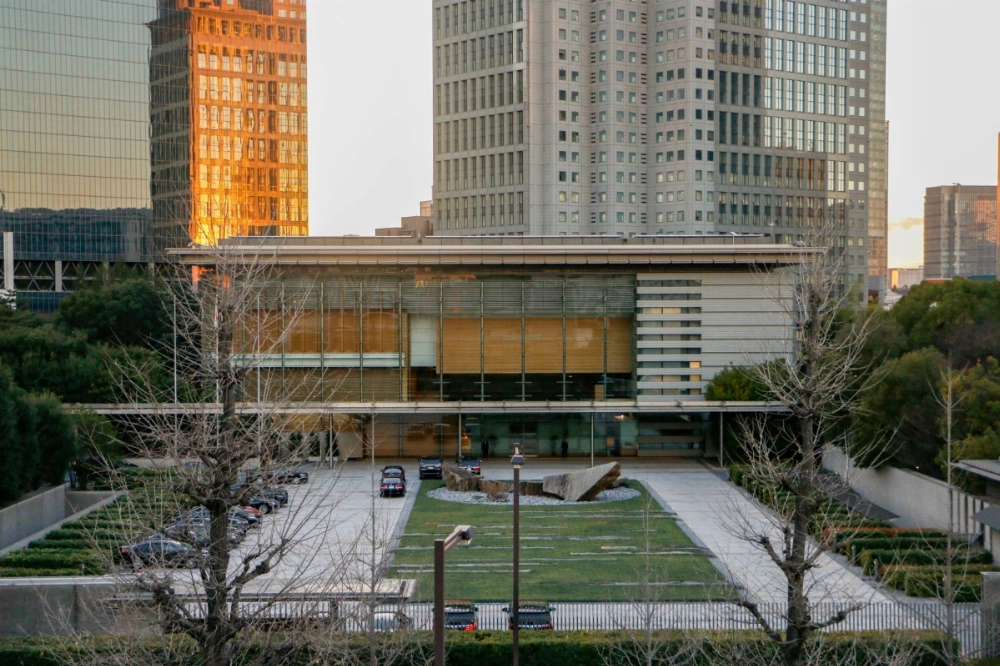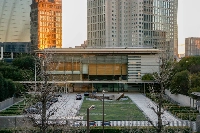The government is considering reusing soil removed from the ground during radiation decontamination work after the 2011 nuclear reactor meltdowns in Fukushima Prefecture in the grounds of the Prime Minister's Office in Tokyo, informed sources have said.
The government hopes to promote public understanding over the reuse of the soil from the decontamination work in the northeastern Japan prefecture, home to the Tokyo Electric Power Company (Tepco)'s disaster-stricken Fukushima No. 1 nuclear power plant.
The move came after planned pilot projects for using the soil in Tokyo and Saitama Prefecture have stalled due to opposition from local residents.
The government plans to compile a basic policy on the recycling and final disposal of the soil shortly, including its use at the Prime Minister's Office. It also plans to draw up a specific road map by around this summer.
Some 14 million cubic meters of the soil from the decontamination work is currently stored at interim facilities in the Fukushima towns of Okuma and Futaba, where the Tepco plant is located.
Three-quarters of the soil has a radiation concentration of 8,000 becquerels per kilogram or less and will be recycled for use in public works projects. The rest will be disposed of at facilities outside Fukushima by March 2045.


















With your current subscription plan you can comment on stories. However, before writing your first comment, please create a display name in the Profile section of your subscriber account page.